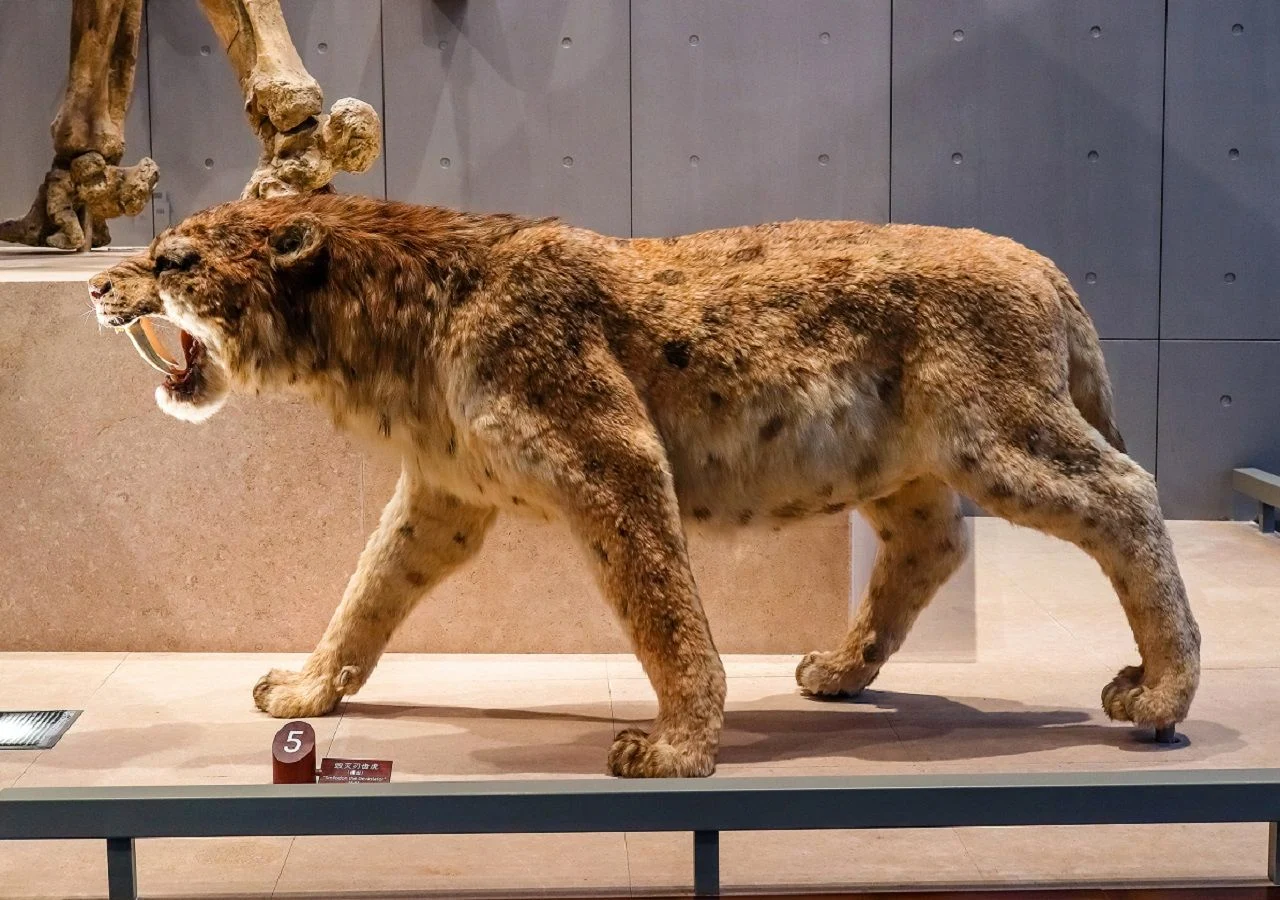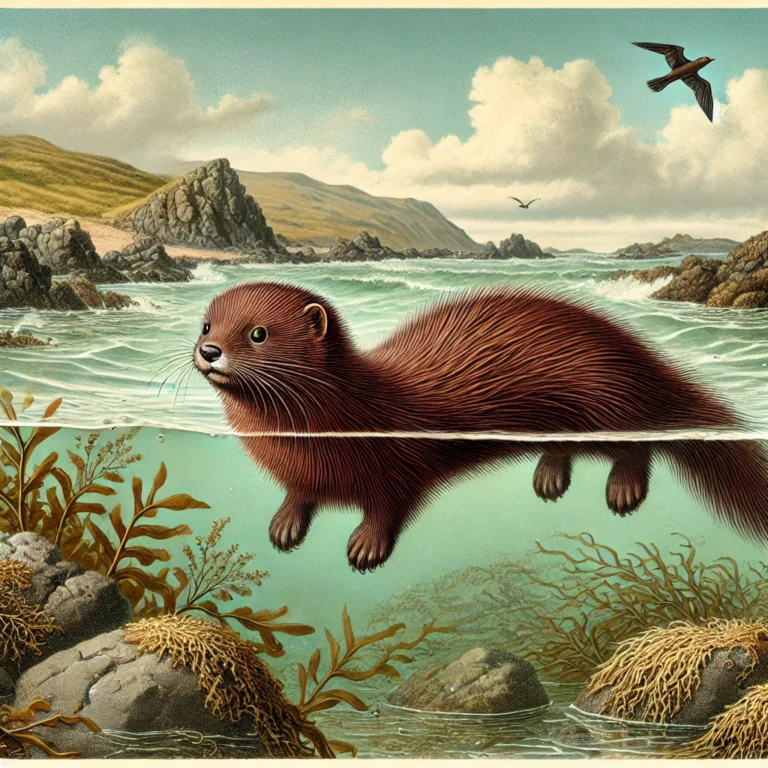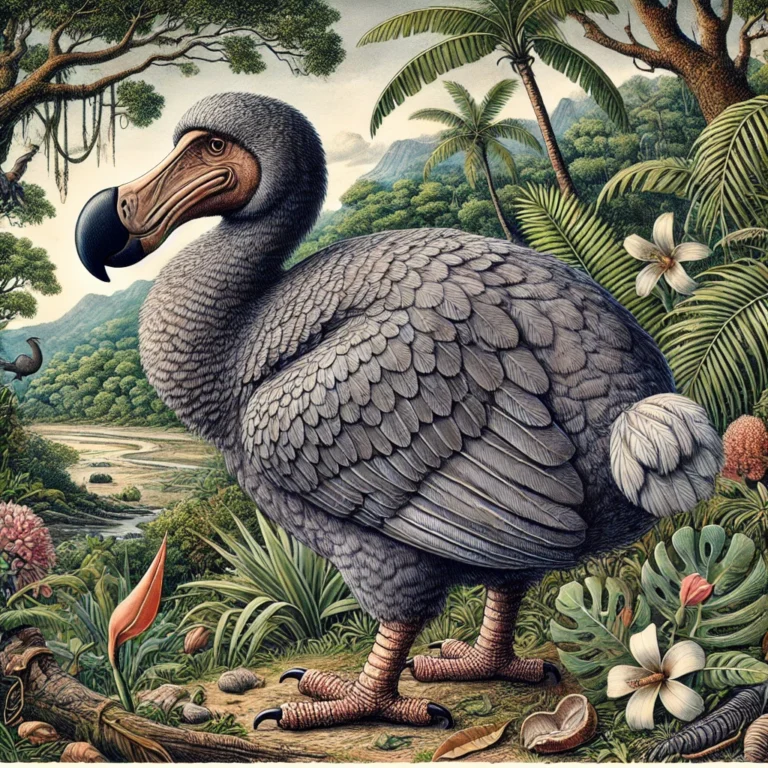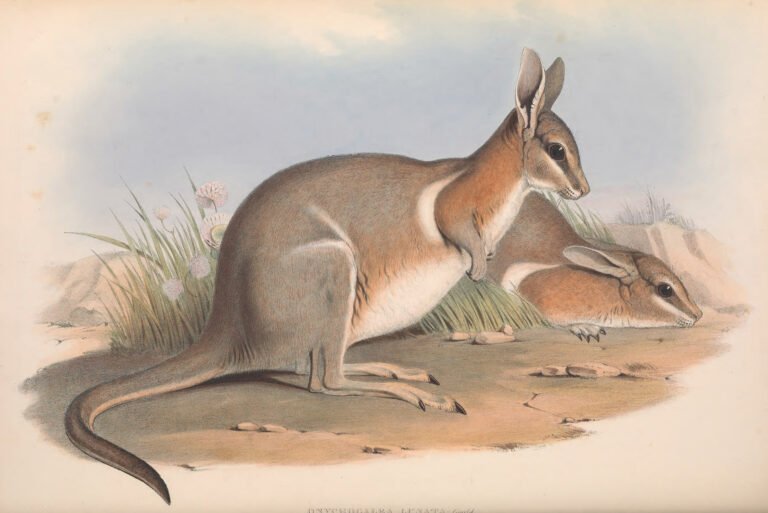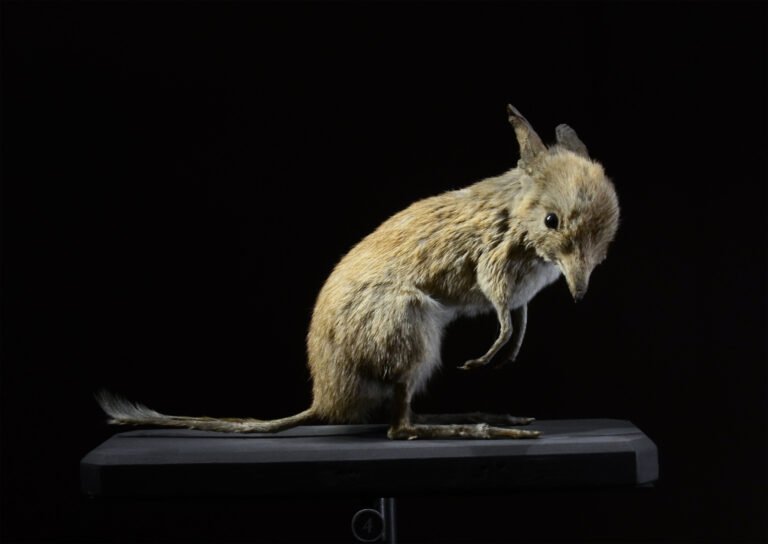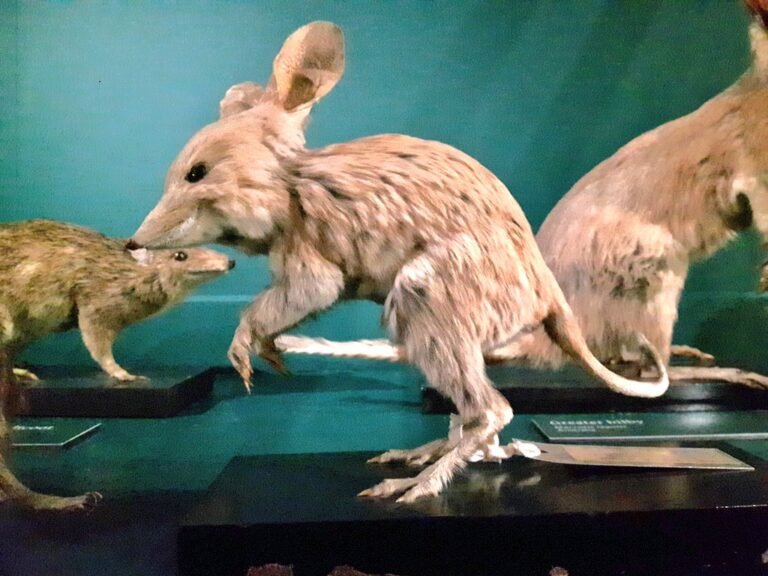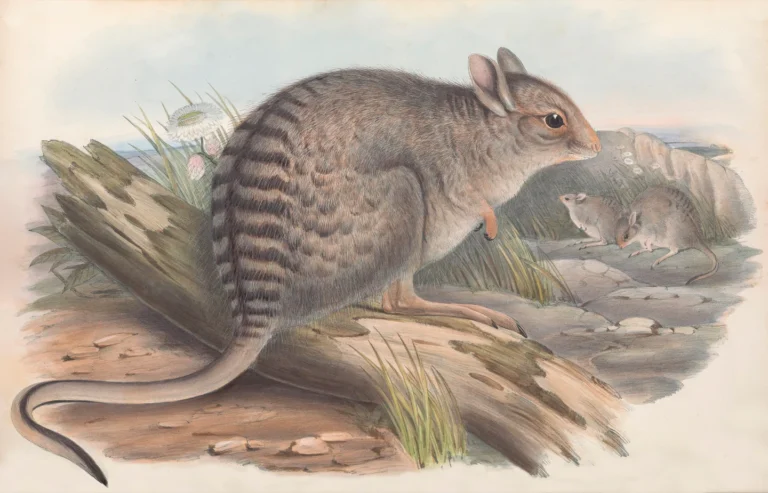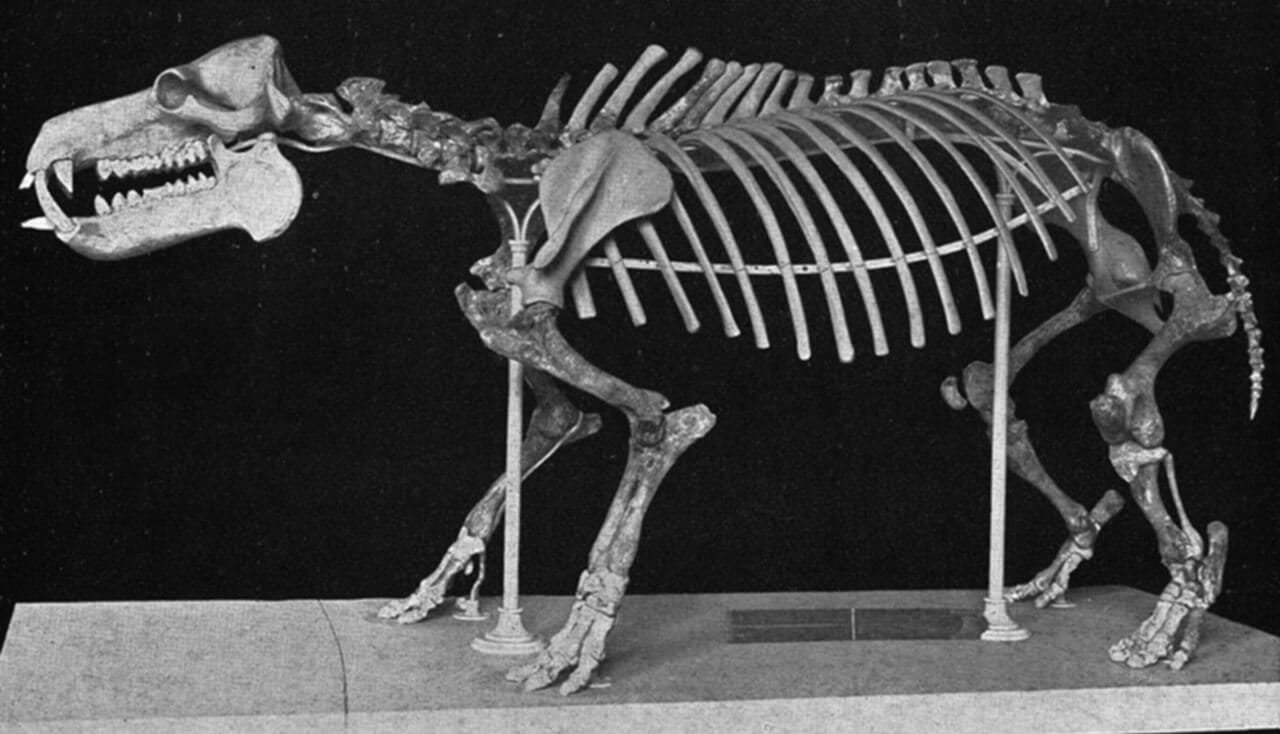Exploring the Saber-Tooth Tiger: The Fearsome Hunter of Prehistoric Times
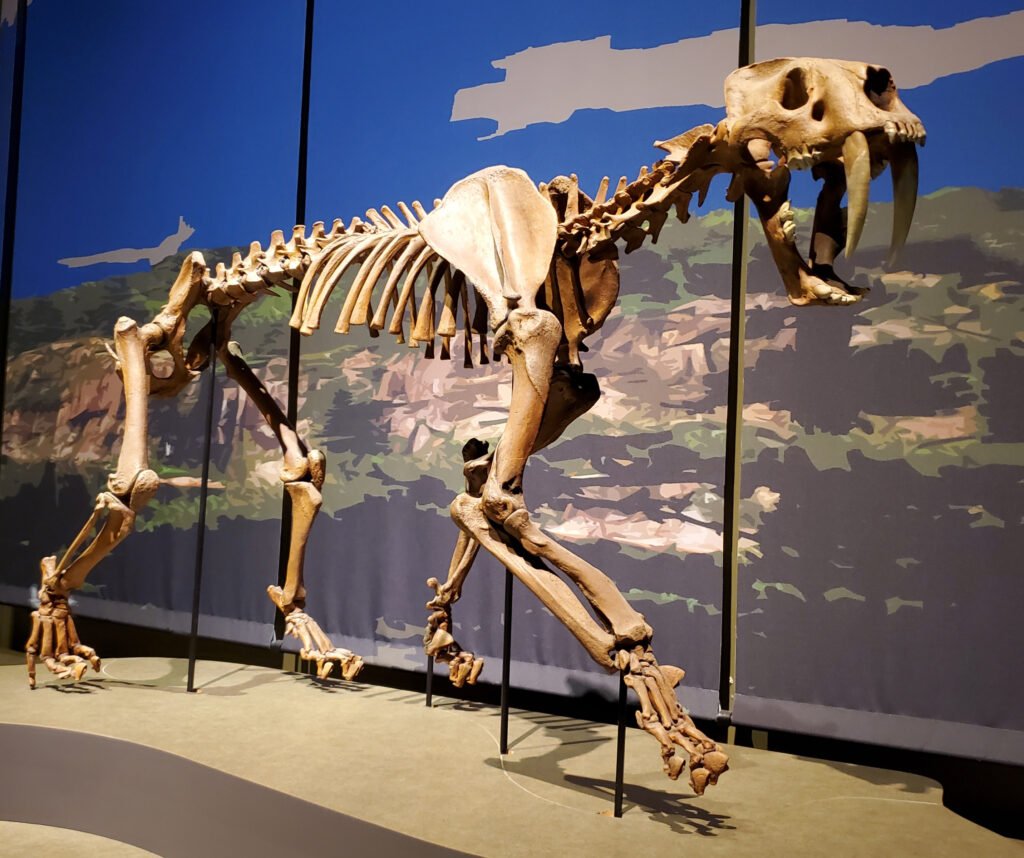
Introduction:
The Saber-Tooth Tiger, scientifically known as Smilodon, was one of the most formidable predators of the Ice Age. Known for its long, curved canine teeth, this apex predator roamed the Americas, preying on large herbivores like mammoths and bison. Despite its prowess, the Saber-Tooth Tiger went extinct around 10,000 years ago, likely due to a combination of climate change, human activity, and loss of prey. Its legacy continues to captivate scientists and enthusiasts alike, offering insights into the life and challenges of prehistoric megafauna.
Facts:
| Attribute | Details |
|---|---|
| Scientific Name | Smilodon |
| Common Names | Saber-Tooth Tiger, Saber-Toothed Cat |
| Extinction Timeline | Approximately 10,000 years ago |
| Kingdom | Animalia |
| Phylum | Chordata |
| Class | Mammalia |
| Order | Carnivora |
| Family | Felidae |
| Genus | Smilodon |
| Species | S. fatalis, S. populator, S. gracilis |
| Natural History and Origin | Native to North and South America |
| Physical Information | Large cat with long, curved canine teeth, muscular build |
| Appearance | Saber-like canine teeth, robust limbs, muscular body |
| Scientist Names | Described by 19th-century paleontologists |
| Region | North and South America |
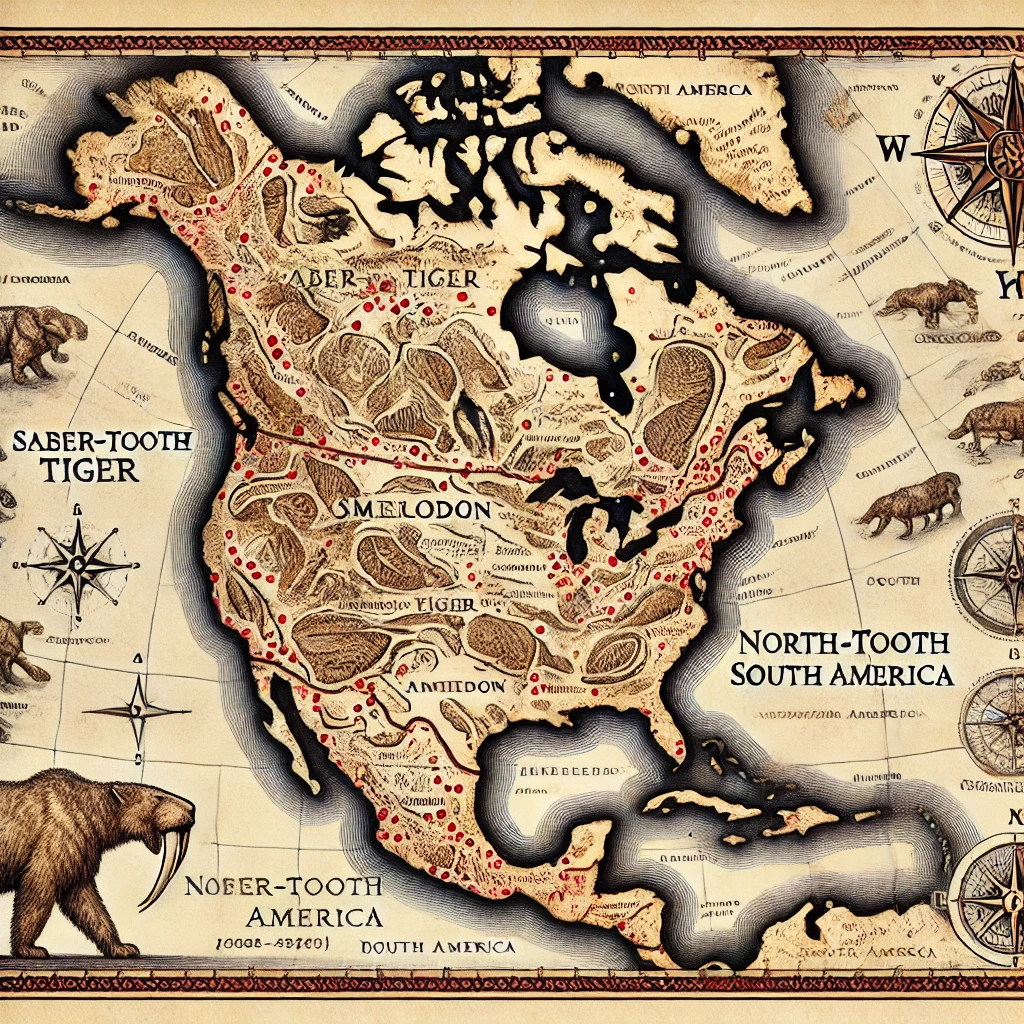
Appearance:
The Saber-Tooth Tiger was a large and muscular cat, distinguished by its long, curved canine teeth that could grow up to 7 inches (18 cm) long. These impressive teeth were used to deliver fatal bites to the throats or bellies of prey. Smilodon had a robust build with powerful forelimbs, which it used to wrestle and subdue large prey. Its body was stocky and compact, adapted for ambush hunting rather than prolonged chases.
Distribution:
During its existence, the Saber-Tooth Tiger was widely distributed across North and South America. Fossil remains have been found in locations ranging from the grasslands and forests of North America to the plains of South America. This wide distribution indicates that Smilodon was highly adaptable, thriving in various environments from open grasslands to dense forests.
Habits and Lifestyle:
The Saber-Tooth Tiger was an apex predator, preying on large herbivores such as mammoths, bison, and giant ground sloths. It was a solitary hunter, relying on stealth and ambush tactics to catch its prey. Smilodon likely lived in family groups or pairs, similar to modern big cats. It used its strong forelimbs to pin down prey before delivering a lethal bite with its saber-like canines.
Physical Characteristics:
The most distinctive feature of the Saber-Tooth Tiger was its long, curved canine teeth, which were adapted for slicing through flesh rather than gripping. Smilodon had a robust and muscular body, with strong forelimbs and a relatively short tail. Its limbs were adapted for strength rather than speed, making it an efficient ambush predator. The cat’s fur was likely thick and provided camouflage in its environment, although the exact coloration remains unknown.
Diet and Nutrition:
As a carnivore, the Saber-Tooth Tiger primarily fed on large herbivores. Its powerful jaws and teeth allowed it to take down prey much larger than itself. The cat’s diet included mammoths, mastodons, bison, horses, and other large mammals. Smilodon’s hunting strategy involved ambushing prey from a hidden position, using its strength to deliver a killing bite to the neck or throat.
Behavior:
Saber-Tooth Tigers exhibited solitary behavior, although they may have formed family groups or pairs. They were territorial animals, marking their territory with scent markings and vocalizations. Smilodon communicated through growls, roars, and body language, similar to modern big cats. The cat’s social structure was likely similar to that of modern lions, with males and females cooperating during hunting and rearing of young.
Cause of Extinction:
The extinction of the Saber-Tooth Tiger around 10,000 years ago was likely due to a combination of factors. Climate change at the end of the Ice Age led to the disappearance of many large herbivores, which were the primary prey of Smilodon. Human activity, including hunting and habitat alteration, also contributed to the decline of the Saber-Tooth Tiger. The loss of prey and increased competition for resources ultimately led to the extinction of this iconic predator.
FAQs:
| Question | Answer |
|---|---|
| What led to the extinction of the Saber-Tooth Tiger? | Climate change, loss of prey, and human activity. |
| When did the Saber-Tooth Tiger go extinct? | Approximately 10,000 years ago. |
| What did the Saber-Tooth Tiger eat? | It primarily fed on large herbivores such as mammoths, bison, and horses. |
| Why is the Saber-Tooth Tiger significant? | The Saber-Tooth Tiger is a symbol of prehistoric megafauna and provides insights into the ecosystems of the Ice Age. |
| Are there any efforts to study or revive the Saber-Tooth Tiger? | While there are no efforts to revive the Saber-Tooth Tiger, ongoing paleontological research continues to uncover new information about its life and extinction. |
Categories:
- Extinct Mammals
- Prehistoric Wildlife
- Paleontological Research
- Ice Age Ecosystems
These details should provide a comprehensive overview of the Saber-Tooth Tiger, ideal for educational and conservation-focused content on your website.
Views: 15
